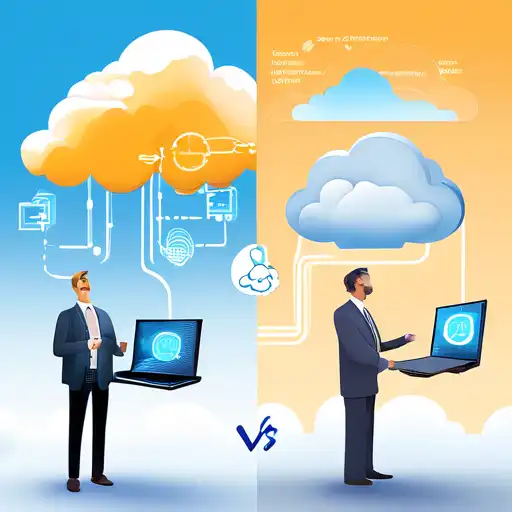Introduction to Edge and Cloud Computing
In the rapidly evolving world of technology, understanding the differences between edge computing and cloud computing is crucial for businesses and individuals alike. Both technologies play pivotal roles in data processing and storage, but they cater to different needs and scenarios.
What is Edge Computing?
Edge computing refers to the processing of data near the source of data generation, rather than relying on a centralized data-processing warehouse. This approach minimizes latency, reduces bandwidth use, and enhances real-time data processing capabilities.
What is Cloud Computing?
Cloud computing, on the other hand, involves the delivery of computing services—including servers, storage, databases, networking, software—over the internet ('the cloud') to offer faster innovation, flexible resources, and economies of scale.
Key Differences Between Edge and Cloud Computing
While both edge and cloud computing are essential for modern digital strategies, they differ significantly in several aspects:
- Latency: Edge computing significantly reduces latency by processing data closer to the source, unlike cloud computing which may involve data traveling long distances to a centralized server.
- Bandwidth: By processing data locally, edge computing reduces the need for constant data transmission to the cloud, thereby saving bandwidth.
- Security: Edge computing can offer enhanced security for sensitive data by keeping it local, whereas cloud computing requires robust security measures to protect data in transit and at rest.
- Scalability: Cloud computing excels in scalability, allowing businesses to easily scale up or down based on demand, a feature that is more challenging with edge computing due to its distributed nature.
Choosing Between Edge and Cloud Computing
The choice between edge and cloud computing depends on the specific needs of a business or application. For applications requiring real-time processing and low latency, edge computing is the preferable option. Conversely, for applications that demand high scalability and flexibility, cloud computing is more suitable.
Future Trends in Edge and Cloud Computing
As technology continues to advance, the lines between edge and cloud computing may blur, with hybrid models becoming more prevalent. These models aim to leverage the strengths of both approaches, offering a balanced solution for data processing and storage needs.
For more insights into the latest technology trends, explore our technology trends section.
Conclusion
Understanding the key differences between edge computing and cloud computing is essential for making informed decisions in today's digital landscape. By considering factors such as latency, bandwidth, security, and scalability, businesses can choose the right approach to meet their specific needs.
